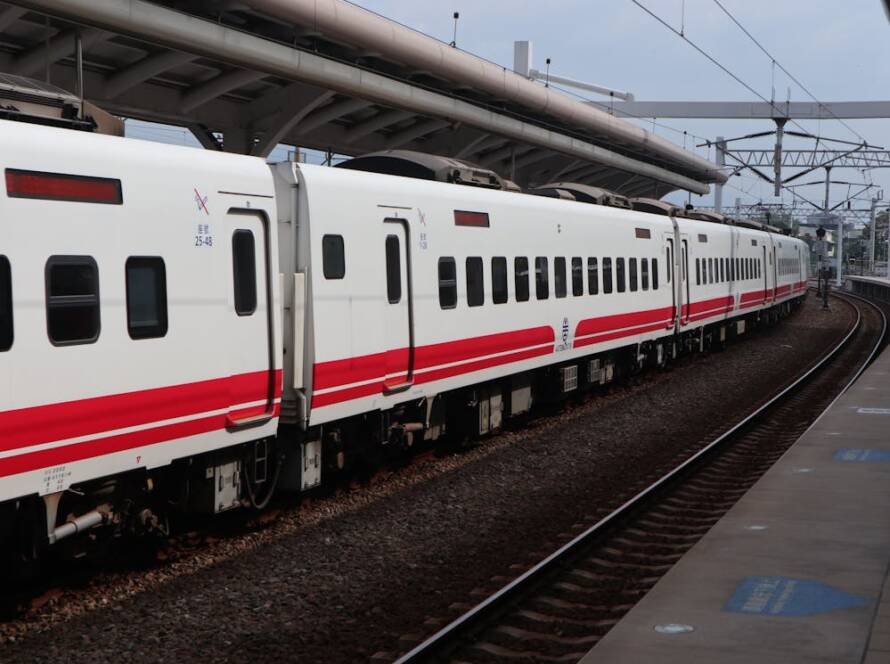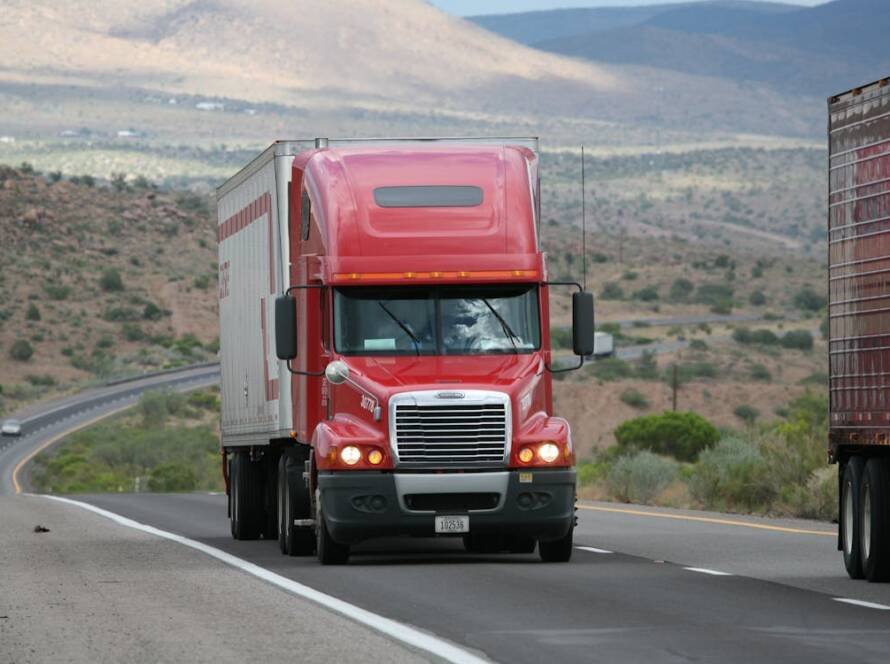QThe transportation of oversized cargo (such as large machinery and equipment, wind power equipment, ship parts, aerospace equipment, etc.) is special, difficult and risky. Compared with ordinary cargo transportation, its characteristics are mainly reflected in the following aspects:
.
1,The size and weight of the cargo far exceed the conventional standards
✅ Extra long, extra wide, extra high and extra heavy:
The length may exceed 20 meters, the width exceeds 4 meters, the height exceeds 5 meters, and the weight can reach hundreds of tons or even thousands of tons.
For example: wind turbine blades (up to 80-100 meters long), large transformers (weighing up to 300 tons), and ship sections (weighing up to thousands of tons).
✅ Non-standard transportation needs:
Standard containers or ordinary trucks cannot be used for transportation, and special transportation tools (such as low-bed trucks, modular transport trucks, heavy-duty flatbed trailers) need to be customized.
2,Complex transportation route planning
✅ Road adaptability assessment:
The route needs to be surveyed in advance to ensure that bridges, tunnels, culverts, curves, etc. can withstand the size and weight of the cargo.
It may be necessary to temporarily remove obstacles (such as street lights, traffic signs) or widen the road.
✅ Cross-regional coordination:
Involving multiple modes of transportation (multimodal transport) such as roads, railways, and waterways, it is necessary to coordinate with different management departments (transportation, road administration, maritime affairs, etc.).
Temporary traffic control or special passes may be required
3,Special transportation tools and loading methods
✅ Special transportation vehicles:
Low-bed trucks (for extra-long goods), modular transport trucks (adjustable wheelbase), heavy-duty flatbed trailers (for overweight goods).
Multi-vehicle coordinated transportation (such as “bridge transportation” or “segmented transportation”) may be required.
✅ Special loading and fixing methods:
Use hydraulic lifting platforms and heavy cranes for loading and unloading.
Use high-strength straps, support frames, anti-slip mats, etc. to fix the goods to prevent displacement or overturning during transportation.
High transportation risks and strict safety requirements
✅ High-risk factors:
Road bumps may cause cargo displacement or damage.
Insufficient bridge load-bearing capacity may cause safety accidents.
Bad weather (such as strong winds and heavy rain) may affect transportation safety.
✅ Strict safety measures:
Professional transportation team (such as licensed drivers, engineers, safety officers).
Real-time monitoring (GPS positioning, tilt sensors, video monitoring).
Emergency plans (such as cargo reinforcement, temporary unloading, alternative routes).
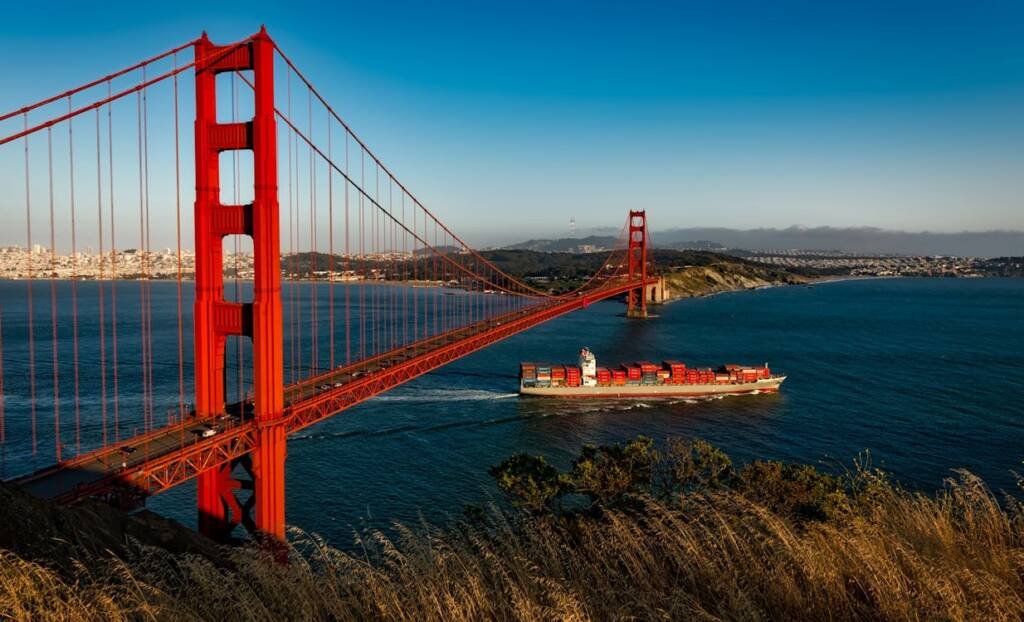
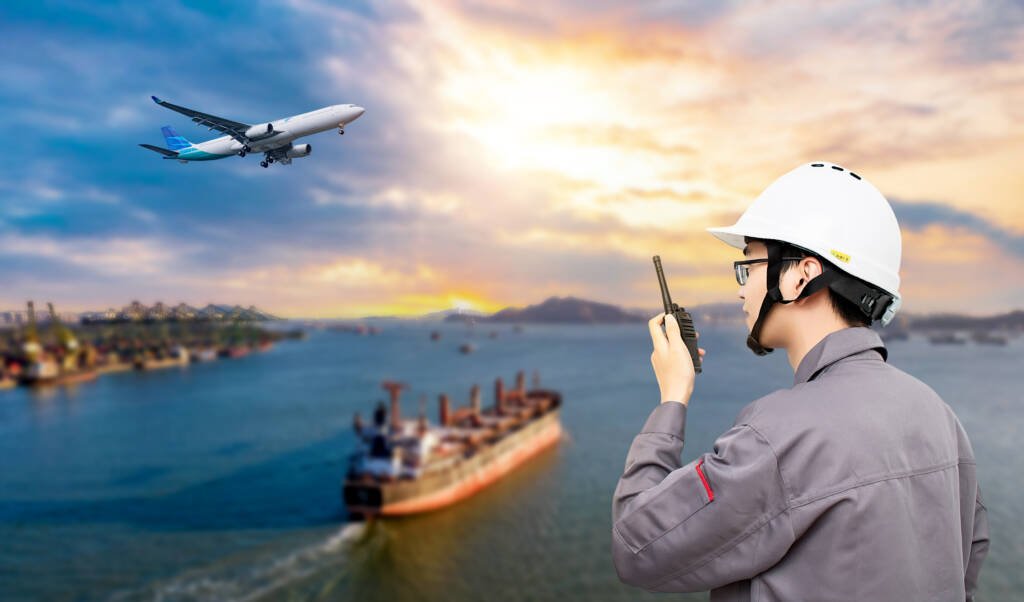
For more logistics knowledge, please follow Power Link Logistics Ltd
.
Complex regulations and approval processes
✅ Requires approval from multiple departments:
Traffic management department (overload transportation license).
Road administration department (road pass).
Maritime department (water transportation approval).
Public security traffic management department (temporary traffic control).
✅ International transportation must comply with international standards:
Such as the International Maritime Dangerous Goods Code (IMDG), International Road Transport Convention (TIR), etc.
High transportation costs
✅ High cost factors:
High cost of leasing or purchasing special transportation vehicles.
Labor costs (professional team, multi-department coordination).
Approval and insurance costs (overload transportation license, high insurance).
✅ Special billing method:
Usually, the billing is based on a combination of weight + size + distance, rather than simply on volume or weight.
Strict time arrangement
✅ Peak hours need to be avoided:
Transportation is usually arranged at night or early in the morning to reduce the impact on traffic.
Temporary road closures may be required, and advance notice is required.
✅ Multi-link coordination:
Loading, transportation, and unloading require precise coordination to avoid delays.
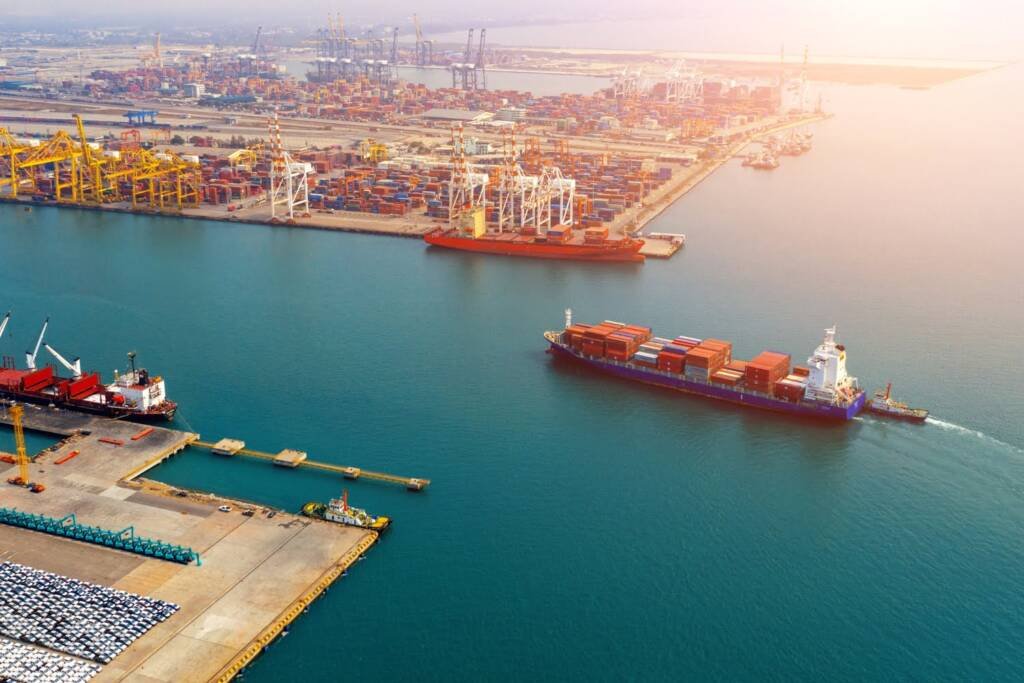
Oversized cargo transportation has the characteristics of large size, heavy weight, complex routes, high risks, strict approval, and high costs. It requires professional teams, special equipment, and multi-department coordination to complete safely and efficiently. When transporting oversized cargo, companies should plan in advance, strictly assess risks, and choose experienced logistics service providers to ensure smooth transportation.

